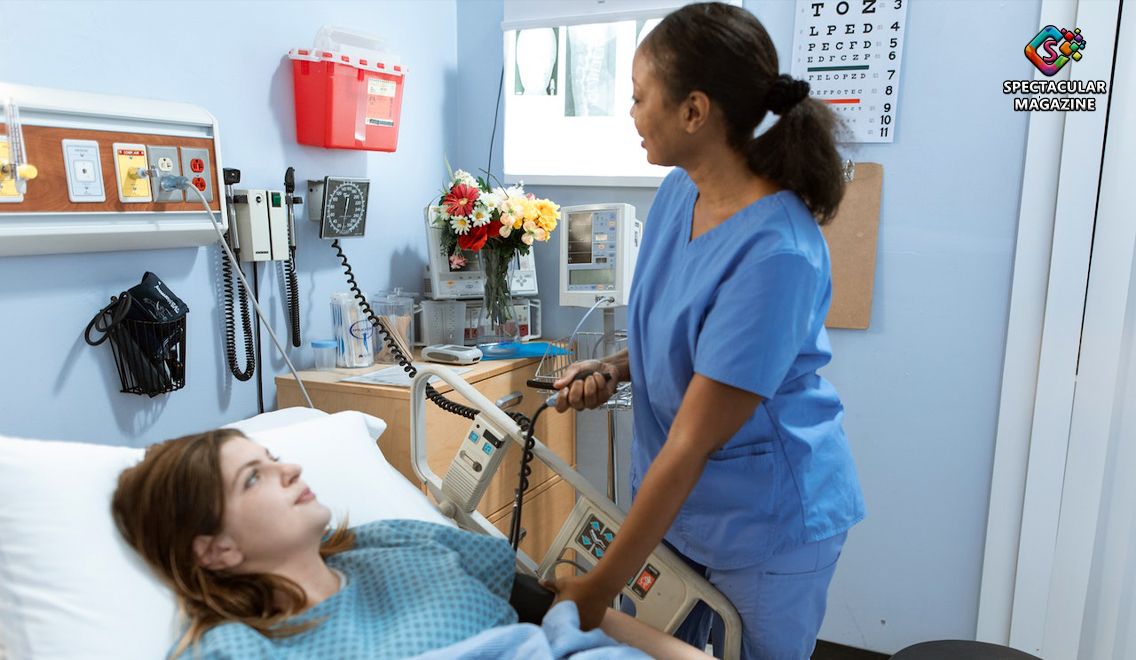The Future of Continuing Medical Education: Trends and Innovations
The field of medicine is constantly evolving, and medical professionals must keep up with the latest advancements to provide the best possible care for their patients. This is reflected in various trends and innovations in the medical field, including continuing medical education (CME) programs.
The current trend in CME is to provide patients with information regarding the latest treatments and teach doctors how to improve their skills to deliver optimal care in the clinic. That said, CME holds many benefits for both patients and physicians alike. This article will detail some of these trends and innovations and provide tips for physicians to improve their CME.
-
E-Learning:
E-Learning is not a new trend, but it has quickly become one of the most popular forms of continuing medical education. E-Learning allows as many people to be involved as possible in creating and revising curricula, eliminating the need for skilled writers. This will also save time since there will be less writing that needs to be done. There are several ways in which e-learning can enhance continuing medical education. One of these is the use of the internet. The internet allows the creation of interactive learning modules that can be updated and revised, making them more effective. E-Learning will also become increasingly important as ways to present continuing medical education to patients are developed.
-
Medical Conferences in the Cloud:
One of the most innovative trends in continuing medical education is the inclusion of virtual meetings. This allows people to interact no matter where they are located and provides a more interactive learning experience. This is a relatively new trend, so it still has some kinks to be worked out. For example, presenting certain types of information via this medium can be challenging. However, virtual meetings allow more people to interact in various novel ways and ultimately can improve medical education.
-
The use of virtual reality (VR) and augmented reality (AR) in medical education:
Virtual reality (VR) goes beyond the forms of e-learning discussed above by using technology that brings patients and healthcare professionals together. VR will allow physicians and surgeons to view CT scans, for example, from the patient’s viewpoint. This will enable medical professionals to understand what patients are going through when they receive certain treatments and procedures, such as chemotherapy or surgery. AR is being used to develop new ways of presenting information to healthcare professionals that can make e-learning less expensive since it uses current technology rather than a completely new system.
-
Simulation-Based Learning:
Simulation-based learning (SBL) is designed to provide healthcare professionals with scenarios that give them practice in various situations. These scenarios are not necessarily clinical virtual environments but will be based on real-life events. It even allows for feedback so that healthcare professionals can see the results of their actions and plan accordingly. This type of learning is particularly effective at teaching individuals who have never practiced medicine under controlled conditions and may still have difficulties adapting to situations in which patients are harmed or even die.
-
Mobile CME:
Mobile technology is becoming increasingly important in medicine due to its portability and ease of use. Mobile CME will allow healthcare professionals to learn about new treatments, procedures, and technologies on the go and in real time. A physician or surgeon can look up all the latest information relating to any particular topic they are interested in while in the line of duty. This will save time and increase the efficiency of care.
-
Gamification and Interactive Learning:
Gamification and interactive learning will provide an easy way for physicians to learn how to care for patients better. These two approaches use interactions similar to those found in video games, which many healthcare professionals enjoy. As mentioned above, these two approaches are being developed as part of AR. The main goal of AR is to allow medical professionals to create virtual reality or augmented reality scenarios that they can practice in a safe environment. Many of these are controlled by artificial intelligence, allowing the scenarios to be highly interactive and immersive.
-
Coat Connect: A Revolutionary Platform for Medical Conferences
Coat Connect is an innovative platform that connects healthcare professionals with CME medical conferences worldwide. The platform offers an extensive database of medical conferences, providing users with up-to-date information on conferences, dates, locations, and topics. Coatconnect.com enables healthcare professionals to attend medical conferences virtually, eliminating the need for travel and accommodation expenses.
Users can also search for conferences based on their learning needs and preferences. Coatconnect.com provides a comprehensive list of keynote speakers, workshop sessions, and interactive panels, enabling users to plan their conference schedules effectively.
-
Social Media and the Nature of Medical Communication:
Social media has become essential to medical communication and allows healthcare professionals to communicate continuously with patients and other health professionals. Social media will enable physicians and surgeons to learn new information they can incorporate into their practice as they develop their networks. In addition, it enhances the value of all CME by making them available to a much wider audience than traditional formats allow.
Conclusion:
CME is constantly evolving, and healthcare professionals need to keep up with the latest trends in this ever-changing field. New forms of technology are being developed to keep up with the growing and changing needs of the medical community. It is important to stay informed of these developments to improve patient care and doctor-patient communication.


